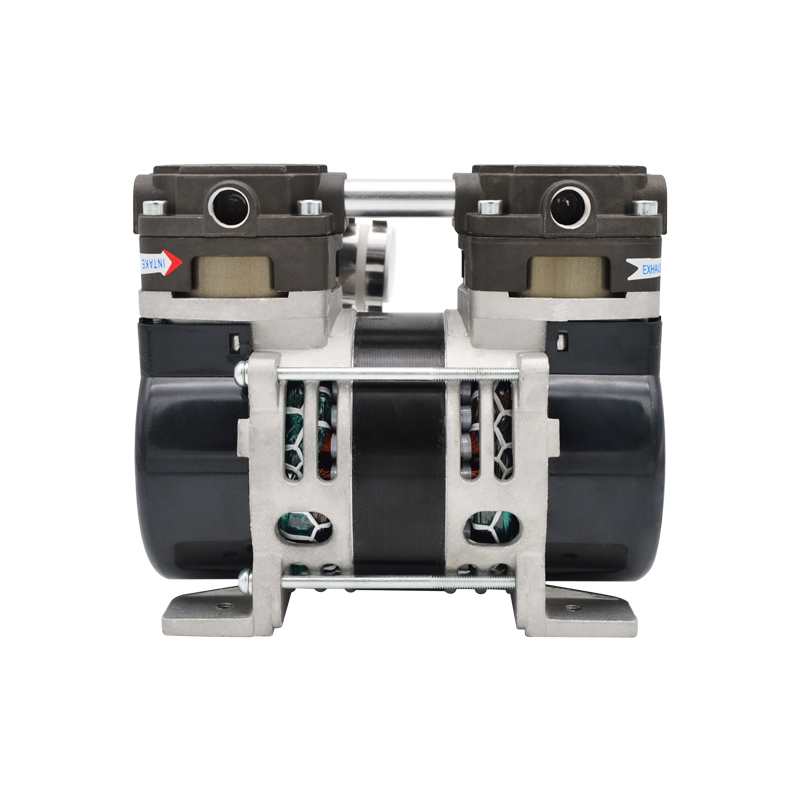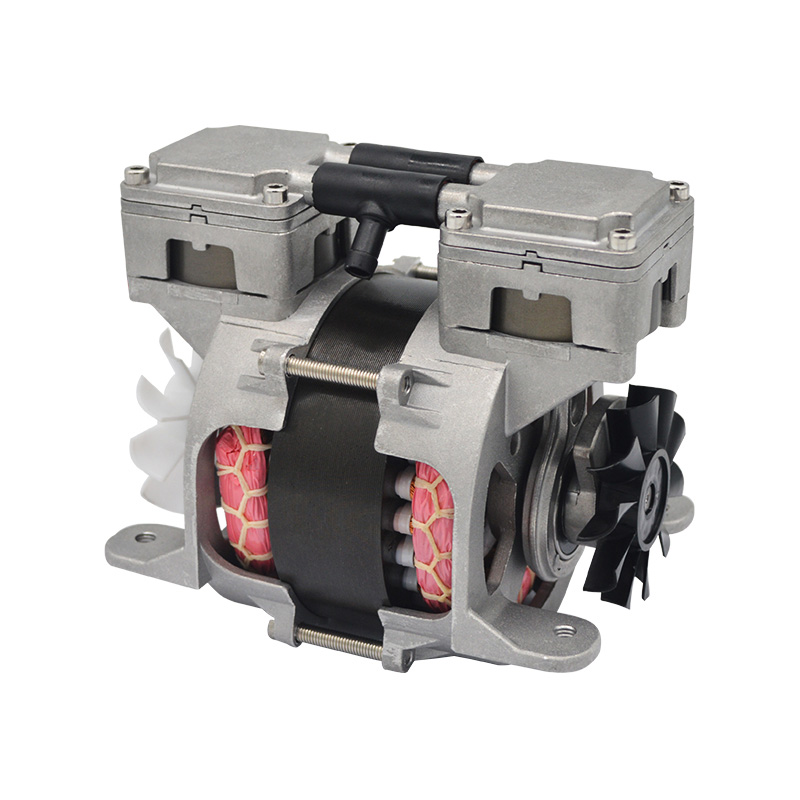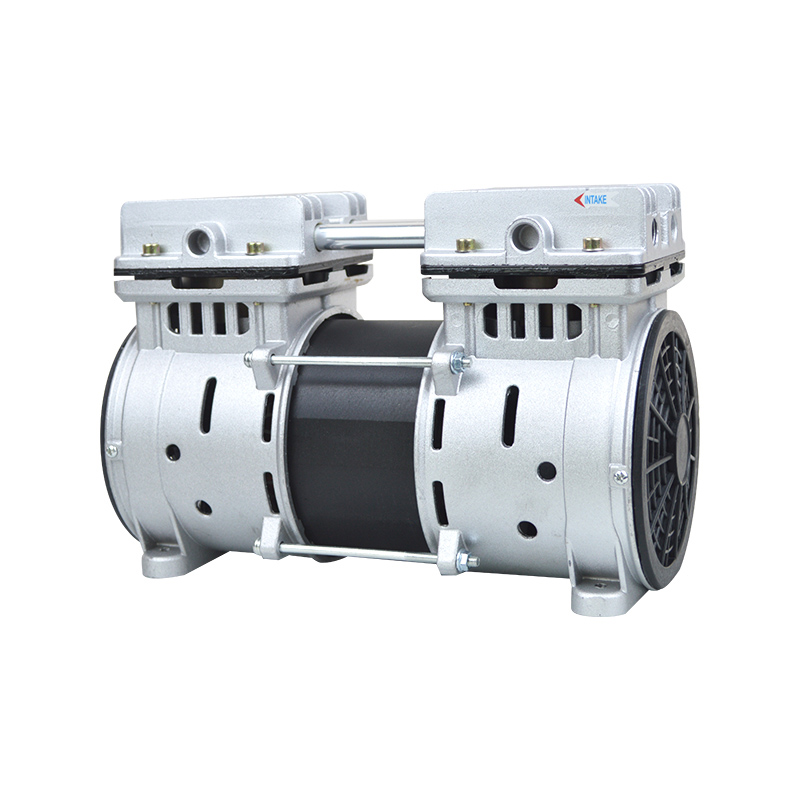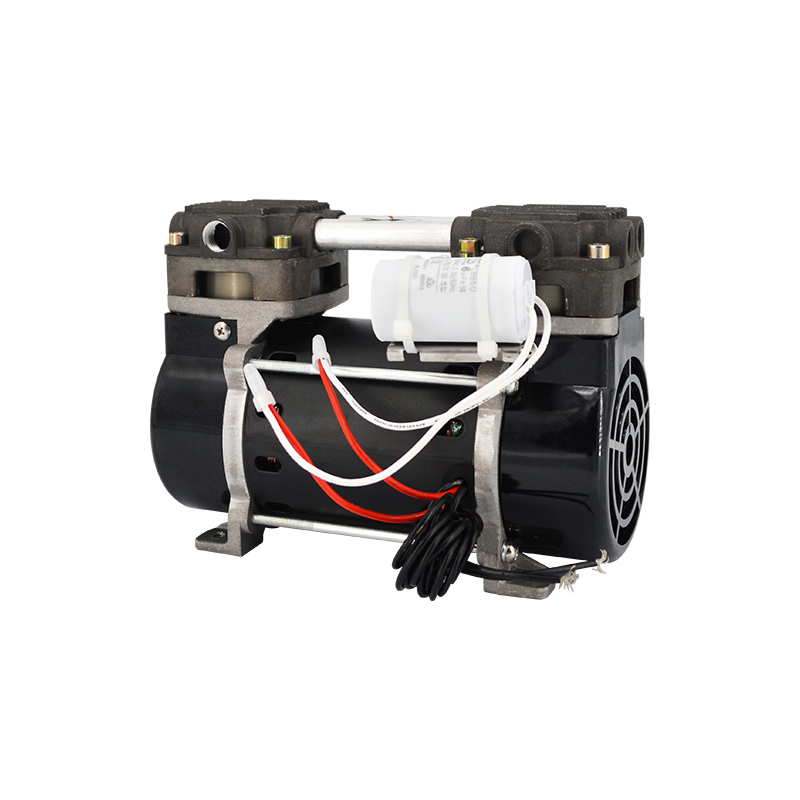In the air compressor industry,technological innovation and progress are improtant driving forces for the development of the industry
1.Wide applications of frequency conversion technology
The application of variable frequency technology in the air compressor industry is increasingly popular,especially the variable frequency air compressor(VSD,Variable Speed Drive)can automatically adjust the working speed of the compressor according to actual needs,thus significantly reducing energy consumption.Variable frequency air compressor can control air output more accurately,avoid the energy waste of traditional air compressors,improve the overall operating efficiency,and are suitable for industries with latge demand fluctuations.
2.Oil-free air compressor technology
oil-free compressor technology is becoming the mainstream in the field of environmental protection and high-end applications.The oil-free air compressor adopts advanced sealing technology and vortex compressor design,which can operation without oil,which is very important for industries with high air quality requirements (such as food,pharmaceuticals,electronics manufacturing,etc.).In recent years,with the progress of manufacturing technology ,the performance of oil-free air compressors has been continuously improved.
3. Intelligentization and Internet of Things (IoT) technology
Air compressors are gradually becoming intelligent. Many modern air compressors have been equipped with Internet of Things (IoT) technology, which can monitor equipment status, operating parameters and energy efficiency data in real time through the Internet. By connecting with the cloud platform, operators can obtain remote diagnosis, fault prediction and maintenance advice, reducing downtime and maintenance costs. The intelligent air compressor can also automatically adjust the operating mode according to the actual load demand, improve production efficiency and extend the service life of the equipment.
4. Energy-saving and high-efficiency technology
The energy efficiency of air compressors has always been the focus of the industry. In recent years, the energy efficiency of air compressors has been continuously improved by adopting high-efficiency compression technology and more advanced heat exchange systems. For example, the adoption of more efficient screw technology, two-stage compression technology and improved cooling system can effectively reduce energy consumption and improve the overall operating efficiency. In addition, the new generation of high-efficiency air dryers and filtration systems are also further improving the overall performance of the air compressor system, reducing energy consumption and improving air quality.
5. Digitalization and big data analysis
Air compressor manufacturers began to use big data and advanced analytical technology to optimize product performance and operation and maintenance management. Through data acquisition and analysis, manufacturers can identify potential problems and failure patterns of equipment and optimize design and maintenance strategies. At the same time, big data analysis can help customers more accurately predict future usage needs, so as to optimize the work scheduling and load allocation of air compressors.
6. Sustainable development and low-carbon technology
With the increasingly strict environmental protection regulations, the air compressor industry has also made new breakthroughs in promoting low-carbon technology. For example, more and more air compressor manufacturers are using environmentally friendly refrigerants and more efficient heat recovery systems to reduce energy consumption and greenhouse gas emissions. In addition, in terms of design, more enterprises take into account the life cycle impact of air compressor systems, so as to promote the sustainable development of products.
7. Innovation of high-power and high-pressure air compressors
For some industrial applications that require high-pressure air, such as mining, steel smelting and other industries, the high-pressure technology of air compressors has been continuously optimized. The new generation of high-power and high-pressure air compressors has stronger compression capacity and higher work efficiency, which is suitable for more demanding working environments.
8. 3D printing and the application of new materials
With the development of 3D printing technology, 3D printing technology is gradually adopted for the production of some air compressor parts, which not only improves the manufacturing accuracy, but also reduces production costs. In addition, new materials (such as lightweight alloys and high-strength plastics) are also gradually applied in the manufacture of air compressor parts, thus improving the performance and durability of air compressors.
In general, the technological innovation of the air compressor industry is developing in the direction of intelligence, energy saving and environmental protection. Manufacturers continue to launch more efficient, environmentally friendly and intelligent products to meet the increasingly complex market demand and environmental protection regulations.
 English
English  Español
Español  Português
Português  русский
русский  Français
Français  日本語
日本語  Deutsch
Deutsch  tiếng Việt
tiếng Việt  Italiano
Italiano  Nederlands
Nederlands  ภาษาไทย
ภาษาไทย  Polski
Polski  한국어
한국어  Svenska
Svenska  magyar
magyar  Malay
Malay  বাংলা ভাষার
বাংলা ভাষার  Dansk
Dansk  Suomi
Suomi  हिन्दी
हिन्दी  Pilipino
Pilipino  Türkçe
Türkçe  Gaeilge
Gaeilge  العربية
العربية  Indonesia
Indonesia  Norsk
Norsk  تمل
تمل  český
český  ελληνικά
ελληνικά  український
український  Javanese
Javanese  فارسی
فارسی  தமிழ்
தமிழ்  తెలుగు
తెలుగు  नेपाली
नेपाली  Burmese
Burmese  български
български  ລາວ
ລາວ  Latine
Latine  Қазақша
Қазақша  Euskal
Euskal  Azərbaycan
Azərbaycan  Slovenský jazyk
Slovenský jazyk  Македонски
Македонски  Lietuvos
Lietuvos  Eesti Keel
Eesti Keel  Română
Română  Slovenski
Slovenski  मराठी
मराठी  Srpski језик
Srpski језик 




